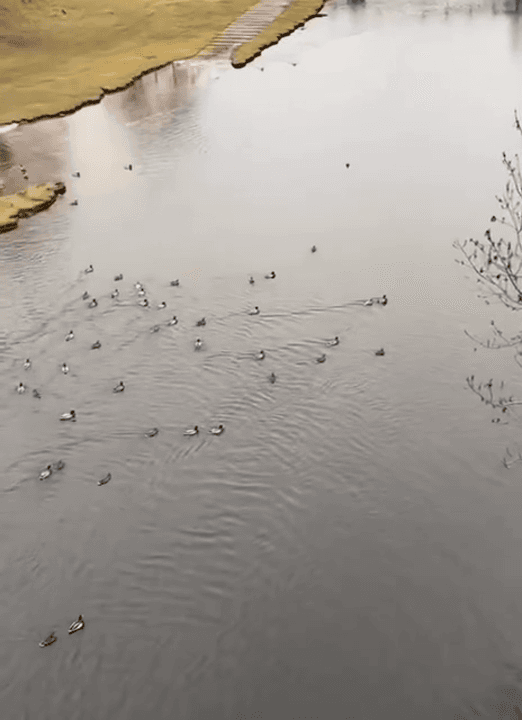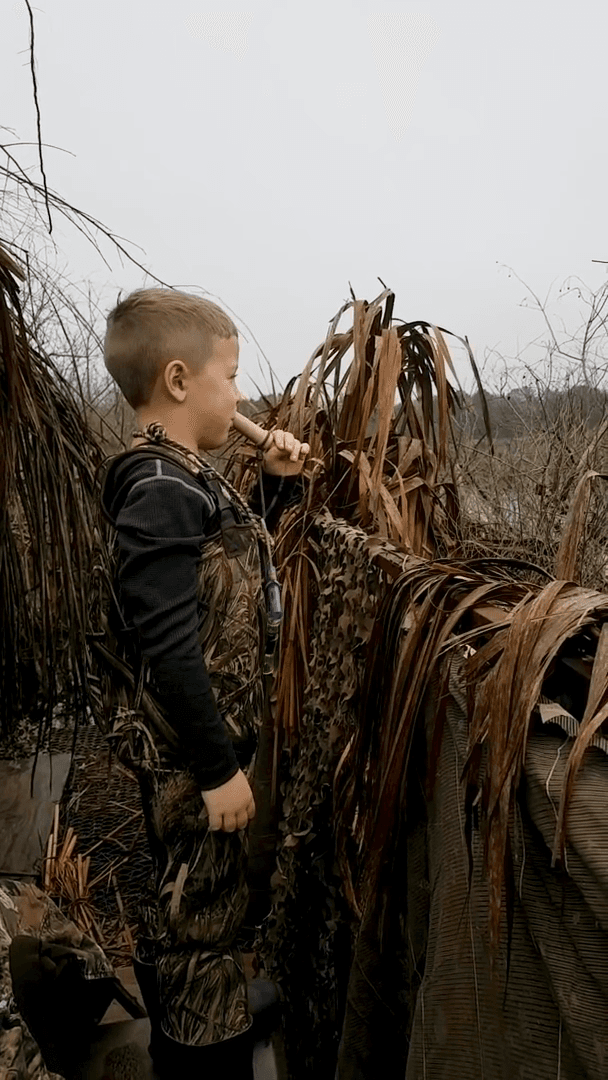
HOW TO HUNT DUCKS THE EASY WAY Follow these six easy steps to enjoy your first duck hunt this season. Duck hunting is one of the easiest hunting sports for new shotgunners to expand into. Ample publi
Post: 13 December 09:21

Post: 13 December 09:21

Post: 4 December 18:19

Post: 14 May 21:45

Post: 22 June 10:15

Post: 9 January 17:38

Post: 21 August 15:21

Post: 13 December 09:09

Post: 4 April 14:36

Post: 13 December 09:10

Post: 22 February 17:59

Post: 9 November 09:10

Post: 29 October 00:18

Post: 28 October 16:40

Post: 20 November 23:13

Post: 18 September 13:05

Post: 6 July 14:02

Post: 4 July 13:09

Post: 9 June 14:16

Post: 23 November 10:37

Post: 24 November 20:03
Post: 3 November 13:31

Post: 26 May 15:02

Post: 18 October 21:55

Post: 1 March 11:42

Post: 28 May 13:10

Post: 7 March 20:54
Post: 28 September 19:47
Post: 27 September 09:19

Post: 9 October 23:00

Post: 25 August 08:24

Post: 21 August 19:37

Post: 21 August 09:20

Post: 22 January 01:05

Post: 29 December 09:26

Post: 12 December 09:39

Post: 14 August 15:58

Post: 14 January 00:30

Post: 2 February 09:56

Post: 23 July 08:19

Post: 28 June 11:50

Post: 30 January 17:55

Post: 6 October 14:46

Post: 27 August 14:12

Post: 23 July 06:52

Post: 21 July 11:20

Post: 18 July 11:47

Post: 13 May 06:31

Post: 8 May 06:40

Post: 15 April 14:39

Post: 5 February 09:43